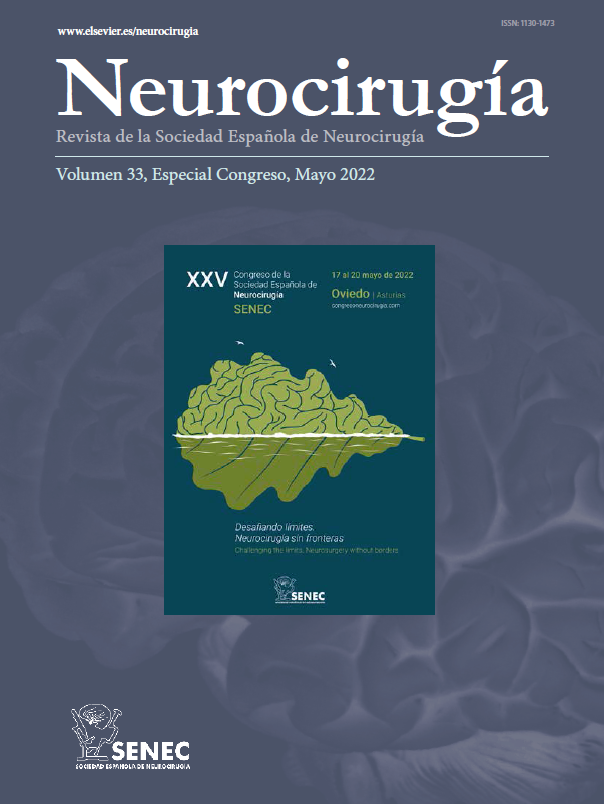O-058 - THE CURRENT STATE OF THE ART OF MOTOR MAPPING FOR TUMOR RESECTION: A FOCUSED SURVEY
1Kasturba Medical College, Manipal, India. 2Department of Neurosurgery, Penn State Health, Hershey, USA. 3Department of Neurological Surgery and Spine Unit, Hospital Universitario Marqués de Valdecilla. Instituto de Investigación Valdecilla (IDIVAL). Universidad de Cantabria, Santander, Spain.
Introduction: Cortical motor mapping has advanced the notion of maximal safe resection of intra-axial brain tumours, thereby preserving neurological functions as well as improving survival. Despite being an age-old and established neurosurgical procedure across the world, the strategy and techniques involved in motor mapping have a gamut of variations due to a lack of defined standard protocols.
Objectives: To comprehensively evaluate the brain mapping practice-patterns using focused survey of neurosurgeons.
Methods: This is a cross-sectional study of 30 neurosurgeons actively involved in development and application of brain mapping techniques in their daily practice. They were also questioned on their approach to management in representative cases of high-grade glioma, low-grade glioma and cerebral metastasis.
Results: 60% felt that any lesion even near (without infiltration) was sufficient to define “involvement” of the cortical/subcortical motor pathways. 80% felt that motor mapping was necessary for brain tumors involving motor pathways, irrespective of the clinical history, tumor histology or patient age. 56.7% considered uncontrolled seizure as the only contraindication to motor mapping. 83.3% opined that tumor location was the predominant factor affecting their choice between awake or asleep mapping. 46.7% believed that all cases should be performed awake unless patient-related medical, psychological, or anesthetic contraindications exist, whereas 36.7% felt that all cases should be performed asleep unless language mapping is required. MRI, DTI-based fibre tractography, and intra-operative fluorescence were most commonly employed surgical adjuncts. In the tumor-representative cases, brain tumor histology (gliomas or metastasis) and the type of motor mapping preferred (asleep or awake) showed no statistically significant difference (χ2 = 1.6, p = 0.205).
Conclusions: This data may serve as a preliminary tool to compare and contrast similarities and differences of motor mapping technique, and help in planning standardization of the procedure, with scope for individualistic case-based alterations.







